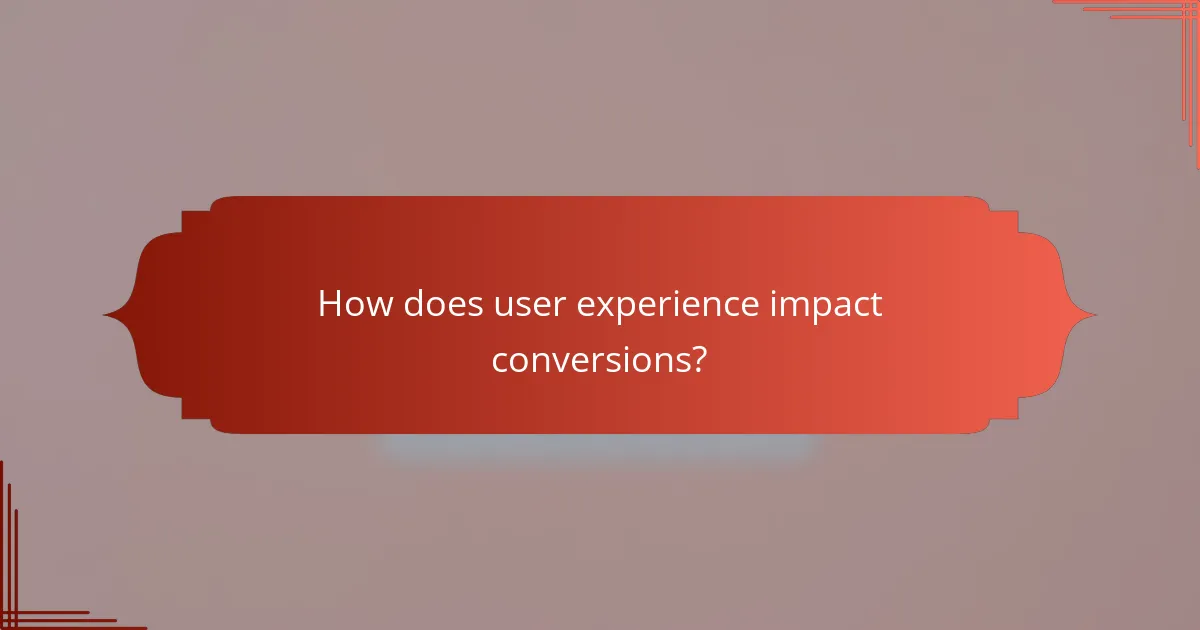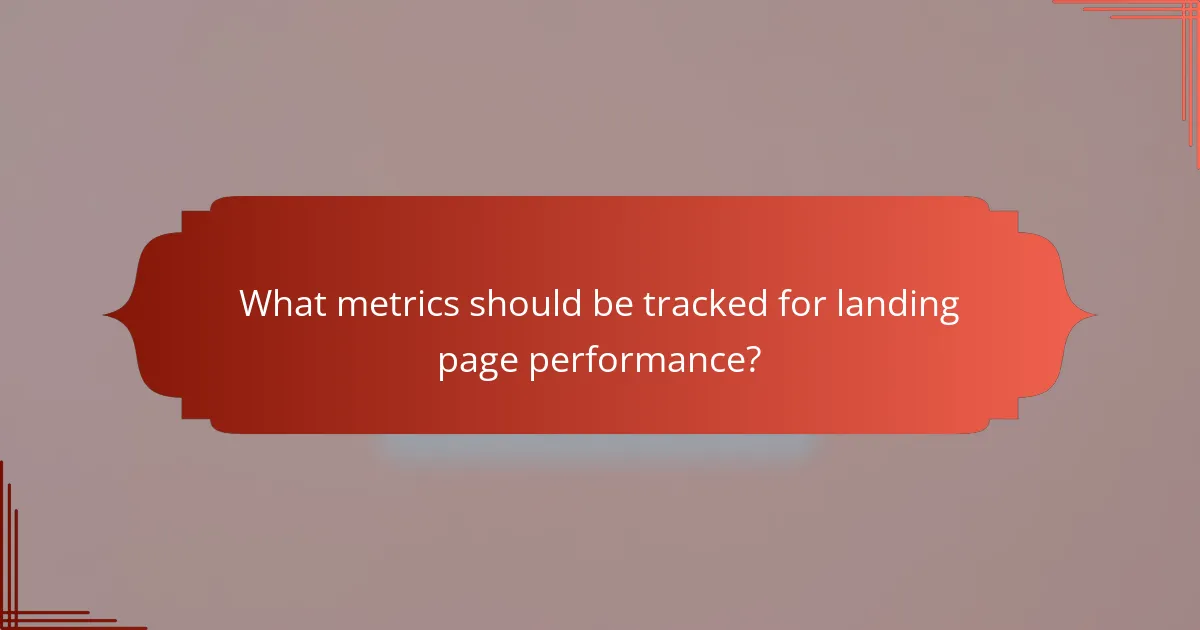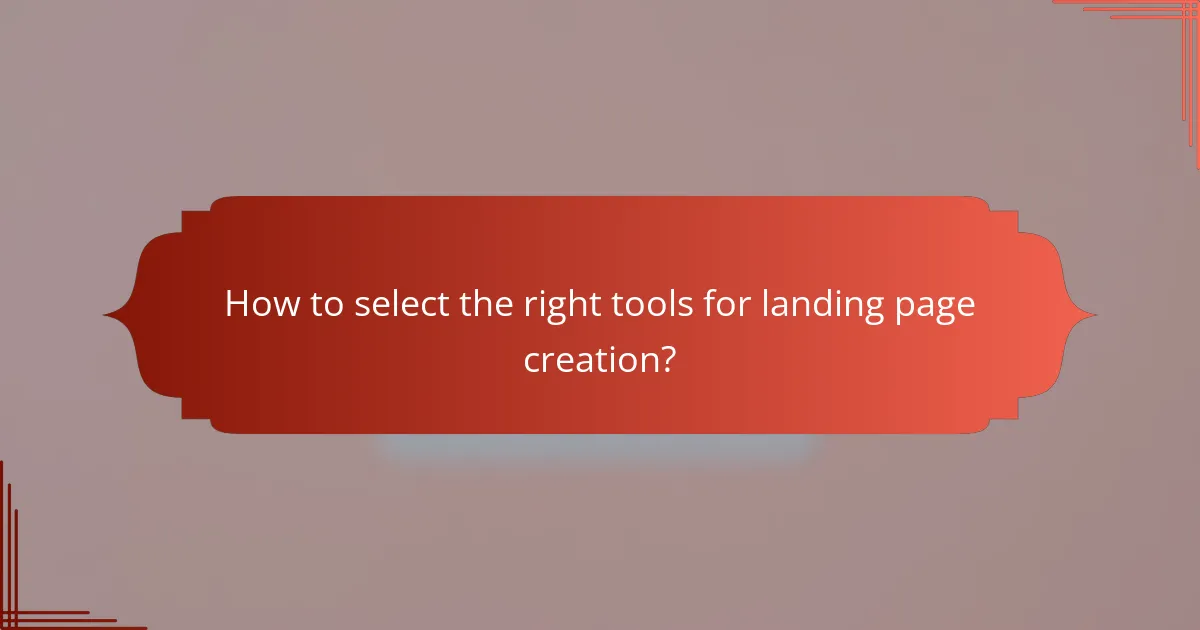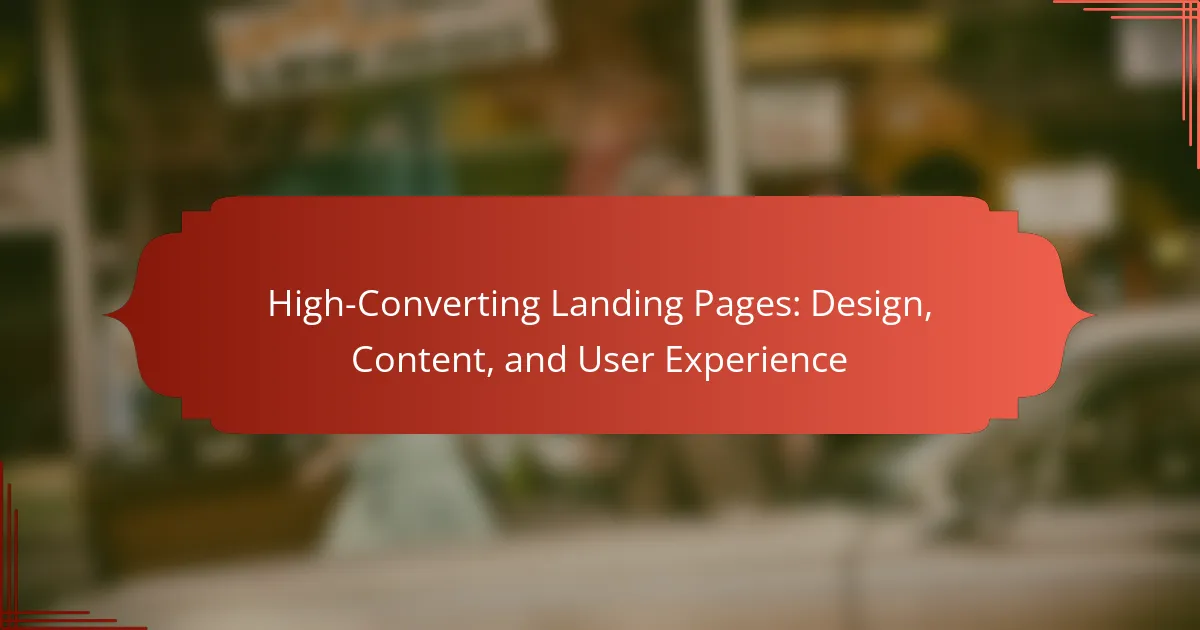Creating high-converting landing pages requires a strategic focus on clarity, visual appeal, and user experience. By integrating persuasive content, such as compelling calls-to-action and customer testimonials, you can effectively engage visitors and enhance trust. Prioritizing user experience ensures that navigation is seamless, ultimately driving higher conversion rates and reducing bounce rates.

How to design high-converting landing pages?
To design high-converting landing pages, focus on clarity, visual appeal, and user experience. A well-structured layout combined with engaging content can significantly boost conversion rates.
Use clear and compelling headlines
Headlines are the first thing visitors see, making them crucial for capturing attention. Use concise and persuasive language that clearly communicates the value proposition of your offer.
Consider using numbers or questions in your headlines to pique interest. For example, “Boost Your Sales by 30% in Just 30 Days” is more engaging than a generic statement.
Incorporate strong visual elements
Visual elements such as images, videos, and infographics can enhance user engagement and convey information quickly. Use high-quality visuals that relate directly to your message and resonate with your target audience.
Ensure that visuals are optimized for fast loading times, as slow-loading pages can lead to higher bounce rates. Aim for images that are under 100 KB when possible to maintain speed without sacrificing quality.
Ensure mobile responsiveness
With a significant portion of web traffic coming from mobile devices, ensuring your landing page is mobile-responsive is essential. A responsive design adapts to different screen sizes, providing a seamless experience for all users.
Test your landing page on various devices to ensure that text is readable, buttons are easily clickable, and images display correctly. Use tools like Google’s Mobile-Friendly Test to identify any issues.
Utilize white space effectively
White space, or negative space, is the area around elements on your landing page. Effective use of white space can improve readability and guide users’ attention to key areas, such as calls to action.
Aim for a balanced layout where elements are not overcrowded. This can be achieved by spacing out text blocks and images, allowing users to absorb information without feeling overwhelmed.

What content is essential for landing pages?
Essential content for landing pages includes persuasive calls-to-action, customer testimonials, and clear value propositions. These elements work together to engage visitors, build trust, and drive conversions effectively.
Craft persuasive calls-to-action
Persuasive calls-to-action (CTAs) are crucial for guiding visitors toward desired actions, such as signing up or making a purchase. Use strong action verbs and create a sense of urgency, like “Get Started Today” or “Limited Time Offer.” Position CTAs prominently on the page to ensure they catch the visitor’s eye.
Consider using contrasting colors for buttons to make them stand out. A/B testing different phrases and placements can help identify which CTAs yield the highest conversion rates.
Include customer testimonials
Customer testimonials serve as social proof, helping to build credibility and trust. Display quotes from satisfied customers, ideally with their names and photos, to personalize the experience. Aim for a mix of short and detailed testimonials that highlight specific benefits of your product or service.
Incorporating video testimonials can further enhance engagement, as they allow potential customers to see and hear real experiences. Ensure that testimonials are easily accessible and strategically placed throughout the landing page.
Provide clear value propositions
A clear value proposition explains why a visitor should choose your product or service over competitors. It should succinctly outline the unique benefits and features that address the visitor’s needs. Use simple language and focus on what sets your offering apart.
Consider using bullet points to highlight key benefits, making it easy for visitors to scan the information. A strong value proposition can significantly impact conversion rates, so ensure it is prominently featured near the top of the landing page.

How does user experience impact conversions?
User experience (UX) significantly influences conversion rates by affecting how easily visitors can navigate a landing page and complete desired actions. A positive UX fosters engagement and trust, while a negative experience can lead to high bounce rates and lost sales opportunities.
Streamline navigation
Streamlined navigation helps users find what they need quickly, reducing frustration and encouraging them to stay on the page. Limit the number of menu items to essential categories, and ensure that calls-to-action (CTAs) are prominently placed and clearly labeled.
Consider using a sticky navigation bar that remains visible as users scroll. This keeps important links accessible without cluttering the interface. A well-organized layout can lead to higher conversion rates by guiding users smoothly through the content.
Reduce load times
Reducing load times is crucial for retaining visitors and boosting conversions. Aim for a page load time of under three seconds, as longer waits can lead to significant drop-offs. Optimize images, minimize code, and leverage browser caching to enhance performance.
Use tools like Google PageSpeed Insights to identify specific areas for improvement. Regularly testing load times can help maintain optimal performance, ensuring that users have a seamless experience when accessing your landing page.
Implement A/B testing
A/B testing allows you to compare two versions of a landing page to determine which performs better in terms of conversions. By changing one element at a time, such as headlines, images, or CTAs, you can gather data on user preferences and behaviors.
Start with a clear hypothesis and ensure you have enough traffic to achieve statistically significant results. Use the insights gained from A/B testing to make informed design and content decisions that enhance user experience and drive higher conversion rates.

What are the best practices for optimizing landing pages in the UK?
To optimize landing pages in the UK, focus on clear messaging, localized content, and a seamless user experience. These elements work together to enhance conversion rates and engage your target audience effectively.
Localize content for UK audiences
Localizing content for UK audiences involves using language, references, and cultural nuances that resonate with them. This means incorporating British English spelling, idioms, and examples that reflect local customs and preferences.
Consider using familiar terms and phrases, such as “postcode” instead of “zip code” and “lorry” instead of “truck.” Tailoring your content to the UK market can significantly improve user engagement and trust.
Utilize UK-specific case studies
Incorporating UK-specific case studies can demonstrate your product or service’s effectiveness in a relatable context. Highlight success stories from local businesses or consumers to build credibility and relevance.
When presenting case studies, include metrics that matter to UK audiences, such as cost savings in GBP or improvements in local market conditions. This localized approach can make your landing page more persuasive and relatable.

What metrics should be tracked for landing page performance?
To effectively assess landing page performance, focus on key metrics such as conversion rates, bounce rates, and user engagement metrics. These indicators provide insights into how well your page attracts and retains visitors, ultimately influencing your marketing success.
Monitor conversion rates
Conversion rates measure the percentage of visitors who complete a desired action, such as making a purchase or signing up for a newsletter. A high conversion rate indicates that your landing page effectively persuades users to take action. Aim for conversion rates between 2% and 5% for most industries, but this can vary significantly based on your niche.
To improve conversion rates, consider A/B testing different elements like headlines, call-to-action buttons, and images. Small changes can lead to significant improvements in user response.
Analyze bounce rates
Bounce rates reflect the percentage of visitors who leave your landing page without interacting further. A high bounce rate may suggest that your content is not relevant or engaging enough. Typical bounce rates range from 40% to 60%, but lower rates are preferable.
To reduce bounce rates, ensure that your landing page aligns with user expectations set by your ads or search results. Clear messaging and a compelling design can help keep visitors engaged and encourage them to explore further.
Evaluate user engagement metrics
User engagement metrics, such as time on page and scroll depth, provide insights into how visitors interact with your content. Longer time spent on the page and deeper scrolling generally indicate higher engagement levels. Aim for users to spend at least a minute on your landing page to gauge interest.
Utilize tools like heatmaps to visualize user interactions and identify areas for improvement. Engaging content, such as videos or interactive elements, can enhance user experience and increase overall engagement.

How to select the right tools for landing page creation?
Selecting the right tools for landing page creation involves evaluating platforms based on ease of use, features, and integration capabilities. Look for tools that allow for customization, A/B testing, and analytics to optimize performance.
Consider platforms like Unbounce
Unbounce is a popular choice for creating landing pages due to its user-friendly interface and robust features. It offers a drag-and-drop builder that simplifies the design process, making it accessible for users without coding skills.
When using Unbounce, consider its A/B testing capabilities, which allow you to experiment with different designs and content to see what converts best. The platform also integrates with various marketing tools, enhancing your overall campaign effectiveness.
While Unbounce is powerful, it may come with a higher price point compared to other options. Evaluate your budget and the specific features you need to determine if it aligns with your goals.
